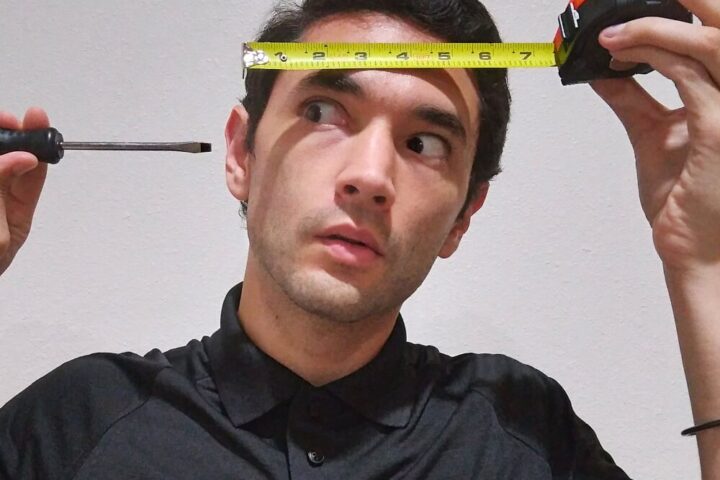The pantoum poetic form is unique and specific. Each line repeats exactly twice, which means it has to make sense in two different contexts. Because readers know that every line will come back, they tend to form firm expectations. The best pantoums subvert these expectations and challenge the reader's assumptions.
Pantoum Form
A pantoum consists of a series of quatrains (four-line stanzas). The first and third lines generally rhyme, as well as the second and fourth lines. Here's the tricky part: The second and fourth lines of each stanza become the first and third lines of the next stanza.
First Stanza (ABCD):
Line 1 (A)
Line 2 (B)
Line 3 (C)
Line 4 (D)
Second Stanza (BEDF):
Line 5 (B, repeated from line 2)
Line 6 (E, new line)
Line 7 (D, repeated from line 4)
Line 8 (F, new line)
Final Stanza
In the final stanza, the first line of the poem is often repeated as the last line, and the third line of the first stanza is repeated as the second line of the final stanza so that every line is used twice:
Line 17 (repeated from line 14)
Line 18 (C, repeated from line 3)
Line 19 (repeated from line 16)
Line 20 (A, repeated from line 1)
Now that you know how pantoums work, check out my pantoum "Dreaming of a Daydream" here >>



